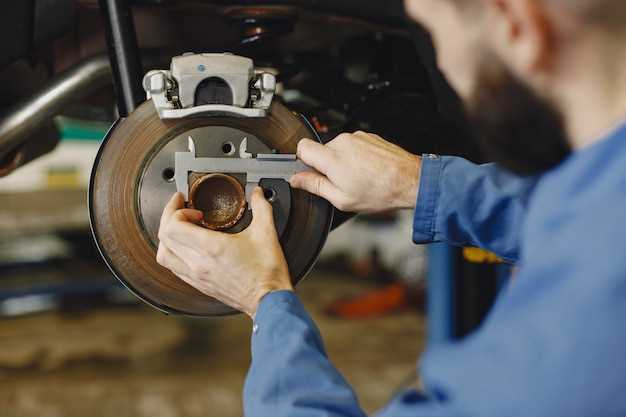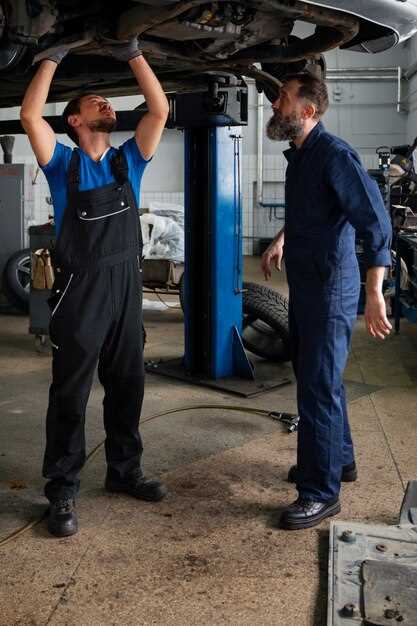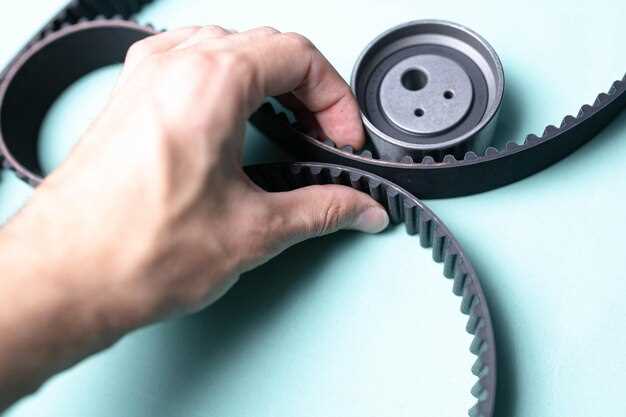
Maintaining the performance of a BMW requires attention to various components, among which belts and hoses play a crucial role. These elements are integral to the vehicle’s engine function, ensuring that power is transmitted efficiently and fluids are delivered to the necessary systems. Neglecting the inspection of belts and hoses can lead to performance issues, overheating, and ultimately, costly repairs.
Belts, such as the serpentine and timing belts, are vital for the operation of accessories like the alternator, water pump, and power steering. Regular inspection of these belts for signs of wear, such as cracks, fraying, or glazing, is essential to prevent unexpected failures. Maintaining proper tension is equally important, as a loose belt can slip and affect system performance.
Hoses, including coolant, vacuum, and air intake hoses, are equally important in maintaining optimal engine function. Over time, hoses can become brittle or develop leaks, leading to decreased performance and potential engine damage. Routine checks for signs of wear and secure connections ensure that fluid and air flow is uncompromised, which is key to the overall efficiency and longevity of your BMW.
Identifying Signs of Wear and Tear on Belts

Belt maintenance is crucial for the optimal performance of your BMW. Identifying signs of wear and tear early can prevent costly repairs and ensure your vehicle runs smoothly. Regular inspection of belts is essential in this process.
One of the primary indicators of belt deterioration is visual inspection. Look for cracks or fraying along the belt’s surface. Cracks can develop due to prolonged exposure to heat and friction, while fraying indicates that the belt is nearing the end of its lifespan. Any noticeable damage should prompt immediate replacement.
Another sign of wear is unusual noise. A squeaking or squealing sound when starting the engine or during operation often signifies that your belts are either loose or worn out. These noises should not be ignored as they may lead to greater issues if left unchecked.
Examine the tension of the belts as well. A belt that is too loose will not function effectively, which could lead to slippage and reduced performance. Conversely, a belt that is too tight can cause excessive wear on both the belt and its associated components. Ensuring proper tension is vital for longevity and optimal function.
Pay attention to the alignment of the belts. Misalignment can cause uneven wear, leading to premature failure. Inspect the pulleys and associated components for any signs of misalignment or damage that could affect the belt’s positioning.
Finally, consider the age of the belts. Even if they appear to be in good condition, belts typically have a recommended replacement interval. Adhering to these guidelines helps prevent unexpected breakdowns and maintains the efficiency of your BMW.
Checking Hoses for Leaks and Integrity

Regular inspection of the hoses in your BMW is essential for maintaining overall vehicle performance. Hoses are critical components that transport fluids throughout the engine and various systems, including the cooling and fuel systems.
To begin checking hoses, visually inspect each one for signs of wear, such as cracks, bulges, or fraying. Aged hoses can develop leaks that compromise the efficiency of the engine and lead to potential overheating. Pay special attention to areas around clamps and connections, as these are common leak points.
Next, perform a pressure test. This involves using a pressure gauge to ensure the hoses can withstand the system’s pressure without leaking. If any drops in pressure are detected, inspect the hose more closely for pinhole leaks or breaks.
Another useful method is to squeeze the hoses gently. They should feel firm yet flexible; if you notice any softness or excessive hardness, it indicates that the hose may be deteriorating. Replace any hoses that do not meet the required integrity standards.
Don’t forget to examine the hose connections to ensure snug fittings. Loose connections can also lead to fluid loss and poor performance. Make sure that clamps are properly tightened and that there is no corrosion or damage to the fittings.
In addition to hose inspections, consider checking the associated belts for compatibility. Worn or degraded belts can cause excessive strain on hoses, leading to premature failure. Keeping both belts and hoses in prime condition is crucial for peak engine performance.
Replacing Belts and Hoses: A Step-by-Step Guide
Replacing belts and hoses in your BMW is essential for maintaining optimal performance and prevent engine issues. This guide provides a clear methodology to carry out the replacements effectively.
Step 1: Gather Tools and Parts
Before starting, gather the necessary tools including a socket set, screwdrivers, and a torque wrench. Ensure you have the correct replacement belts and hoses matching your BMW model specifications.
Step 2: Prepare the Vehicle
Park your BMW on a flat surface and secure it with wheel chocks. Disconnect the battery to ensure safety throughout the process.
Step 3: Remove the Old Belts
Locate the belts you need to replace. For serpentine belts, use a wrench to relieve tension from the tensioner pulley. Carefully slide the belt off the pulleys. For timing belts, follow the manufacturer’s guidelines to avoid engine timing issues.
Step 4: Inspect and Replace Hoses
Check the condition of all hoses connected to the engine and coolant systems. Look for signs of wear, cracks, or leaks. To remove, loosen the clamps with a screwdriver and slide them off. Install new hoses by sliding them onto the fittings and securing with clamps.
Step 5: Install New Belts
Position the new belt on the appropriate pulleys as per the routing diagram often found near the engine bay. Ensure the belt sits correctly in the grooves of the pulleys and reapply tension using the tensioner. For timing belts, refer to timing marks to align everything correctly before reassembly.
Step 6: Reconnect the Battery and Test
Once the new belts and hoses are in place, reconnect the battery. Start the engine and listen for any unusual noises. Check for leaks around the hoses and ensure the belts operate smoothly.
Step 7: Dispose of Old Parts
Properly dispose of the old belts and hoses at a recycling center or follow your local hazardous waste disposal regulations. This ensures environmental safety and compliance with local laws.
Following these steps will help maintain your BMW in excellent condition, ensuring that the belts and hoses perform efficiently and effectively.



